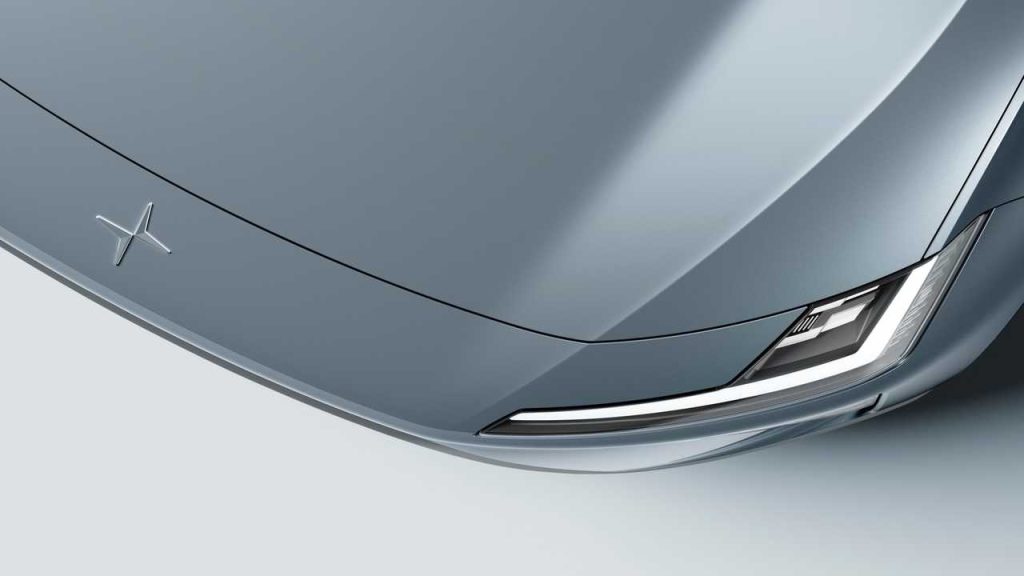In a recent announcement, Polestar revealed its electric vehicle (EV) delivery figures for the third quarter of 2023, boasting a 50% year-over-year increase with about 13,900 units. Though a notable rise from last year, the numbers show a dip compared to Q2 2023’s 15,800 and the all-time high of 21,002 in Q4 2022.
This number is still smaller than 15,800 cars in Q2 2023
Despite these fluctuations, what catches attention is the company’s clear emphasis on “value over volume,” backed by strong margins in sales of its upgraded Polestar 2. It’s not just about pushing more cars out of the door; it’s about pushing the right kind of cars.

This value-centric approach is mirrored in their yearly performance. While they’ve set a lower target for 2023—60,000-70,000 vehicles down from an initial 80,000—Polestar has already delivered approximately 41,700 cars this year, marking a 37% growth from the previous year.
To meet their revised target for the year, Polestar will have to sell anywhere between 18,300 to 28,300 units in Q4. This doesn’t appear too far-fetched, especially with the Polestar 4 slated to begin deliveries in China this quarter, expanding their single-model lineup.
Looking ahead, the automaker has ambitious plans. Thomas Ingenlath, Polestar CEO, indicated that the company is entering “an exciting new period.” With production of the Polestar 3 expected to begin in early 2024 and Polestar 4 making its debut in China, the future does look promising. Moreover, Polestar’s product portfolio through to 2026 hints at a variety of BEV models, including luxury SUVs and a 4-door GT. By adopting this approach, Polestar not only creates a distinctive place in the competitive EV market but also addresses consumer demand for quality electric vehicles. Indeed, for Polestar, less may actually be more.
RELATED:
- Polestar 3 Electric SUV Faces the Heat in UAE as it Nears Production
- Polestar Joins Growing Trend of EV Makers Launching Smartphones
- Download the best GCam APK for OnePlus Nord CE 3 5G
(Via)







